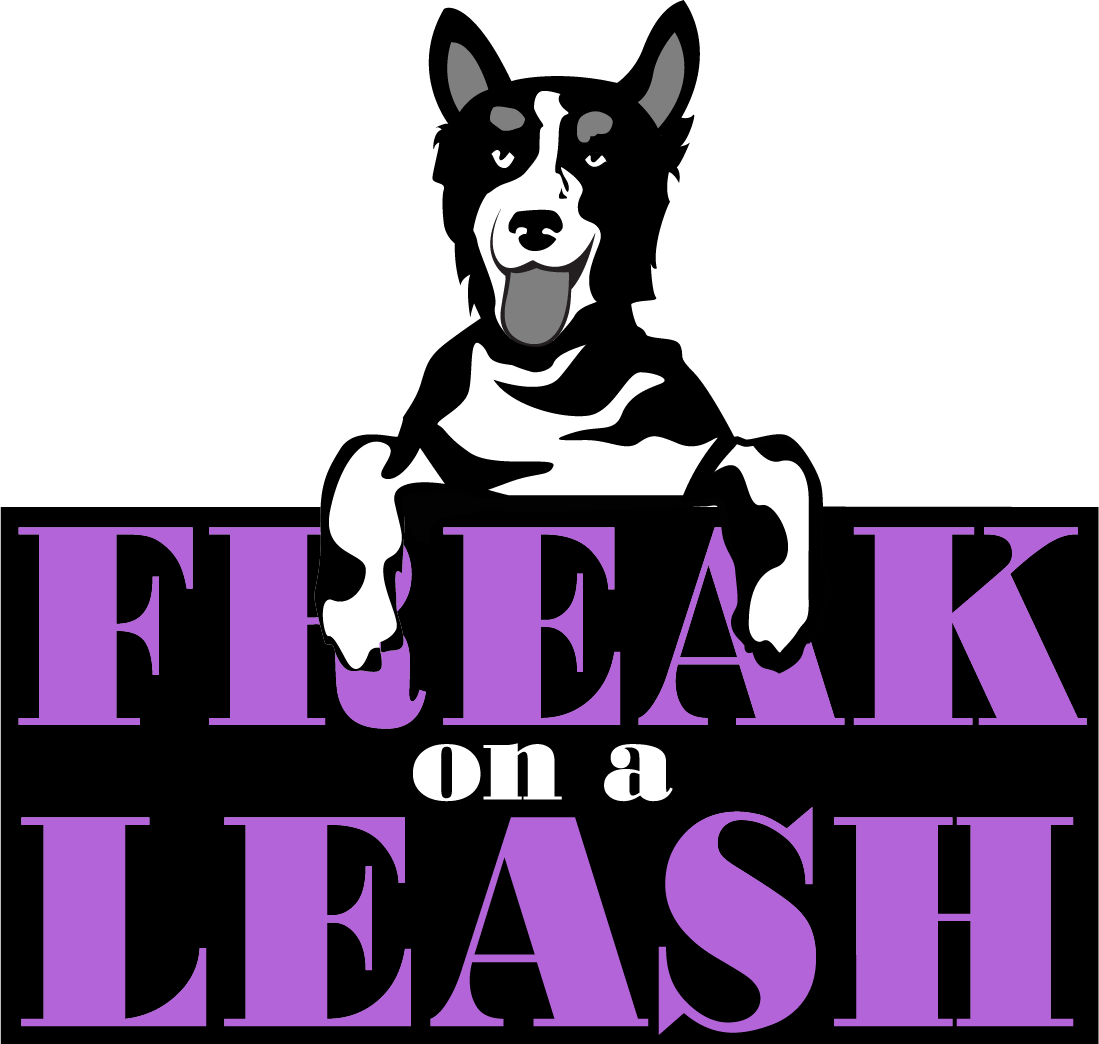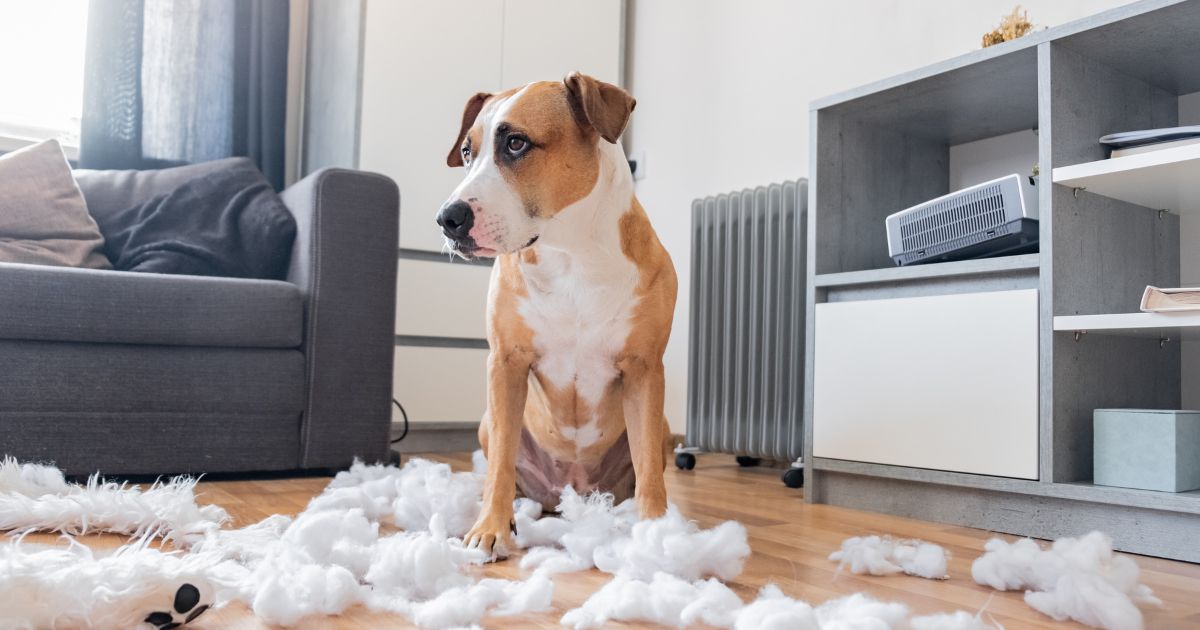One of life’s greatest pleasures is owning a dog, but unfortunately, dogs occasionally exhibit undesirable behaviors. Are you having issues with your dog’s behavior? Is your dog chewing, jumping, barking, or otherwise being disobedient? If so, it’s time to take action. With a few simple techniques, you can help your canine companion become the well-behaved pup you always knew they could be. In this blog post, we’ll look at different techniques for improving your dog’s behavior, from making sure they get enough exercise to teaching obedience skills.

Correcting Common Behavior Problems in Dogs
Most of your dog’s behaviors, whether good or bad, are simply natural behaviors for dogs as a species. Sometimes these actions come instinctually, but they can also be learned. Most problem behaviors can be addressed with meeting your dog’s needs by finding mental and physical outlets, simple obedience training, retraining practiced undesirable behaviors, or redirection. Others, however, necessitate the assistance of a canine behavior consultant.
1. Barking and howling
Excessive barking and howling is irritating for both for you and your neighbors. It is important to put a stop to this type of activity as soon as is feasible. Dogs bark, but you can teach them to stop once they have told you that there is a change in environment, like a visitor or someone leaving a package on your doorstep. You can teach your dog to inform you and then stop by checking out whatever he was telling you about and then calling him into a room away from it to give him a treat. This often solves the problem of incessant barking. If your dog suffers from separation anxiety related behaviors you may need to see a behavior consultant or veterinary behaviorist.
2. Chewing
 All dogs need to chew. Accept this fact and take responsibility for supplying your dog with appropriate chew toys, such as a Nylabone® toy, water buffalo horns, cow ears or bully sticks. If your dog is chewing on things around the house, either supervise or use a tether or playpen so your furniture or other inappopriate items cannot be chewed on. Puppies and young dogs especially have a bigger need to use their mouth to fulfill the need to chew. Protect your valuables by providing plenty outlets for appropriate chewing.
All dogs need to chew. Accept this fact and take responsibility for supplying your dog with appropriate chew toys, such as a Nylabone® toy, water buffalo horns, cow ears or bully sticks. If your dog is chewing on things around the house, either supervise or use a tether or playpen so your furniture or other inappopriate items cannot be chewed on. Puppies and young dogs especially have a bigger need to use their mouth to fulfill the need to chew. Protect your valuables by providing plenty outlets for appropriate chewing.
3. Digging
Some dogs simply enjoy digging; it comes naturally to them. However, if your carpets or garden are being destroyed as a result of their digging, you will need to instruct your dogs to stop and provide a place for your dog where he can dig instead. Take him to the beach and tell him dig. You will need to show him at first but he’ll soon love to just dig his heart out there! If the beach is not an option, you can fill a little kiddie pool with the dirt in your yard or your dog’s favorite substrate, put a few treats in it and soon he’ll love digging in this favorite space. Not an option either? Check out this cool toy from ifetch.
4. Begging
You must be careful if you don’t want your dogs to steal your food or to beg for it when you’re eating. Dogs will sometimes go to any length to obtain the meal once their eyes are set on it. If your spouse occasionally slips a little morsel to your dog while he is looking at her adoringly, the likelihood of your dog developing a begging or food stealing problem increases immensely. Instead give your dog a chew on his bed when you sit down to eat to teach him to be calm on his bed while you are enjoying a meal without drool on your lap.
5. Jumping
Many dogs, especially when young, can become overexcited and mouthy when guests arrive at your home. They may also leap on your guests. You may see this as cute–some people, however, are disturbed by these behaviors. Educate your dog on proper manners with visitors. If you prefer your dog not to leap into your visitors’ arms, scratch their legs and bite at their hands and clothes, have a leash on your dog when a guest comes over. Pay him with treats and affection for keeping his paws on the ground and his mouth to himself.
Other common problem behaviors included in the list below can be addressed through professional training, with the best results typically from individual private training sessions:
• Pulling on leash
• Resource guarding
• Whining
• Urinating indoors
• Not responding to cues
• Growling and biting
• Taking over your bed
Addressing Abnormal Problem Behavior in Dogs
If your dog is exhibiting abnormal behaviors, the first step is to rule out any underlying health issues. Abnormal behaviors are sometimes caused by pain. An visit to your veterinarian will assess your dog for any health issues and allow you to ask questions about the behavior.
If the problem behaviors are not health related, we recommend these options:
• Look for a certified professional trainer who provides training for reactive or nervous dogs with group, one-on-one, or in-home training.
• If your dog’s issues are more severe, consult with a canine behavior consultant or veterinary behaviorist.
Other at-home ways to discourage or redirect problem behaviors:
• Make sure your pet is entertained while you are away. Boredom is the root cause of many problem behaviors.
• Give your pet interactive games, such as food puzzles and toys, and make sure your dog gets 20-30 minutes of exercise per day.
• Discourage the behavior by redirecting it and rewarding your pet with goodies and praise for the desired behavior.
• Show your dog what you would like him to do instead of the problem behavior, and pay accordingly with treats, affection, praise, or toy play.
• Make sure your dog receives basic obedience training and socializing.
• In many circumstances, responding to negative behavior with yelling, pushing or hitting will not change the behavior.
Be kind to your dog and reward good behavior as much as you can to increase the likelihood of your pet offering these behaviors instead.
Conclusion
You don’t have to feel alone in dealing with your dog’s behavioral issues, and you don’t have to solve them on your own. Sometimes, despite best efforts, behavior problems persist.
Freak on a Leash can be the next step to helping you resolve any behavior difficulties you are facing and supporting you along the way. With kindness and humane techniques, we will help bring out the best in your dog! Book A Free Phone Call

